Hollywood reeled in 2023. There’s no way around that. From striking creatives to the existential crisis of theatrical futures, this year held the entire entertainment industry in its death-like grasp. But as they say, when the going gets tough, the tough double down on the audience least likely to abandon ship. And anyone who’s actually sat and counted how many annual horror conventions there are knows exactly which audience to bet on.
It’s entirely possible that horror is the most stable and reliable movie genre, but just because its demographic is almost certainly the most voracious doesn’t mean they’re the least discerning. If anything, the list of films that almost made our top 10 (including such sundries as Suitable Flesh, Brooklyn 45, Infinity Pool, and Swallowed) would alone be ample ballast for the argument that horror aficionados cast their nets wider than fans of other genres. Take this list as a starting point, and then take it way further than you ever dared. Eric Henderson
10. Saw X
Without worrying about the series’s convoluted mythos, Saw X serves as a direct sequel to the first film. And that information is important insofar as John Kramer (Tobin Bell), a.k.a. Jigsaw, is still alive and facing a terminal diagnosis of brain cancer. Here, Jigsaw’s victims are terrible scammers—people who’ve robbed others of real hope through their medical malpractice. And with the help of his dutiful assistant, Amanda (Shawnee Smith), he tracks down everyone who wronged him. In Smith, who makes a return to the series for the first time since Saw VI, we get crumbs of what makes her so thrilling as a performer, particularly one in the horror genre: She’s all id, a tempest of emotion and fully embodied desperation and psychosis. Smith imbues the films in which she appears with wit and humor, as well as the stakes to make the films more than a parade of bone-crunching, marrow-slurping, and bloodletting. Kyle Turner
9. M3GAN
After an early scene in which eight-year-old Cady (Violet McGraw) loses her parents in a car wreck, one can be forgiven for suspecting that M3GAN may be yet another modern horror film about trauma. But when Aunt Gemma (Alison Williams), a robotist for a global toy company, uses her newest invention as a stand-in to look after Cady, it becomes clear that the film’s only interest in trauma is in the ways that modern technology can allow us to forgo processing it in a healthy manner. Audiences also see that Gemma uses Cady as a guinea pig, programming the lifelike four-foot-tall M3GAN to “bond” with Cady by having the doll learn everything about the little girl. But if the film is a cautionary tale about adults shirking their responsibilities, as well as of the dangers of artificial intelligence, the film is primarily using those elements as a means to an end—that end being the filmmakers’ scheme to have us thrill to the sight of a creepy doll skulking around and transforming into a lethal, over-protective stalker. Derek Smith
8. Thanksgiving
A year after a deadly Black Friday stampede at a superstore in Plymouth, Massachusetts, an Instagram account named “TheJohnCarver” begins taunting and tagging people connected to the accident. Soon, a John Carver-masked ax murderer begins picking them off one by one, and the fresh-faced teens most haunted by the previous year’s events—including Jessica (Nell Verlaque), the daughter of the superstore owner (Rick Hoffman), and Bobby (Jalen Thomas Brooks), the former star baseball player (and Jessica’s ex) who went M.I.A. after the stampede—now fear that they’ll be sacrificed for the killer’s most bountiful harvest. Unlike its faux trailer from Grindhouse, this Thanksgiving is a slasher for today, slickly made, coolly mean, and with a satiric bite. The film looks shiny, runs at an impressive clip, and its kills become gradually more shocking without ever lingering on their gruesomeness. And the way in which Eli Roth cuts quickly away from these bloody sights effectively plants a knot in your stomach. Turner
7. Huesera the Bone Woman
Just when it seems as if Michelle Garza Cervera’s Huesera: The Bone Woman is settling into a repetitive series of frights that allegorize the fear of impending parenthood, the film shrewdly broadens its perspective to present a complex portrait of the tortured Valeria’s (Natalia Solián) life. Despite Valeria’s unsettling hallucinations of demons snapping her limbs—informed by a comment made to her about what the process of childbirth does to the body—Huesera’s most startling moment arguably comes with an abrupt flashback revealing Valeria as a rebellious teenager who openly disdained domesticity. The flashback reframes our perception of Valeria by suggesting that her breakdown isn’t solely informed by her pregnancy. Rather, it’s ultimately the final straw that pushes the character over the edge, since she’s gone against her desires and begrudgingly agreed to devote herself to the traditional role of wife and mother. Steven Scaife
6. When Evil Lurks
In Demián Rugna’s When Evil Lurks, possession functions like a disease that infests its surroundings. There are procedures to follow and even bureaucratic processes that are meant to respond to the disease’s spread, but there’s only a sense here of the system spinning its wheels and it all seeming for naught. Half the film goes by before anyone fully lays out the “rules” to follow when in proximity to a demonic presence, and When Evil Lurks is at its most inventive when leaving us to infer those rules based on the characters’ vague statements and reactions to events. With grisly violence visited upon animals and children, When Evil Lurks spares no one from the cruelty of its world. But Rugna comes by his shocks honestly—as natural extensions of character and context that contribute to a bleak and desperate atmosphere, not least of which for how the shadow of the Covid-19 pandemic informs the characters’ behaviors. Scaife
5. Birth/Rebirth
Imagine Victor Frankenstein and one of the assistants that pop culture has granted him over the years as single mothers caught in a precarious coparenting situation and you’ve got an idea of how boldly Birth/Bebirth has brought Frankenstein into the present day. The film feels “wrong” in the manner of horror cinema that manages to viscerally tap into uncomfortable human experience and emotions. The film proffers a pointed riff on the anxieties over stem cell research and technology that allows for fatherless children. Wild images abound almost subliminally in a grungy, lived-in atmosphere. The sight of fetuses in a jar in a kitchen are casually horrible, particularly given the knowledge that Rose Casper (Marin Ireland), a morgue technician who steals body parts, wrested them from her body with the attitude that one might reserve for dealing with a bunion. Nothing is sacred, as the filmmakers allow us to reacquaint ourselves with the sense of sacrilege that’s evident in Frankenstein, even in secular culture. Chuck Bowen
4. Knock at the Cabin
The premise of Knock at the Cabin cannot help but sound like a more grounded version of Drew Goddard’s The Cabin in the Woods. But where that film operated as an ironic deconstruction of genre tropes, M. Night Shyamalan’s adaptation of the Paul Tremblay novel commits fully to the immediately emotional responses of both a family trapped in a horrific situation and the home invaders whose belief that the only way to save humanity is through sacrifice visibly wars with their sense of right and wrong. Particularly effective on this front is Dave Bautista, whose intimidating size is ultimately less menacing than the eerie calm and rationality with which his character Leonard speaks of the Blakean visions of doom that plague his mind. Jake Cole
3. Talk to Me
Danny and Michael Philippou’s Talk to Me manages to proffer a new spin on the trope of demonic possession, which is no small feat considering that it’s been with us since the advent of storytelling itself. In the film, possession is utilized by bored teens as a new party drug, as a dare to assert their brazen bona fides on social media. Its major achievement is how it manages to ground possession in the reality of modern teenage life. A middle-aged parent can watch this film and find the behavior of its protagonists too plausible for comfort. The disassociation that the characters describe while possessed, which they enjoy, sounds like the disembodiment that one seeks from drug use or, once again, social media. Knowing they’re onto a potent metaphor, the Philippou brothers keep their narrative simple, refusing to clutter Talk to Me with the thickets of subplot and backstory that often weigh down horror films. The film has a free-floating, nearly intangible sense of unease that greatly serves it. Bowen
2. The Outwaters
Audiences are often driven to zone out during the early portions of found-footage films, which are often composed of ad-libbed banalities that will eventually be paid off with a fleeting glimpse of a forgettable big bad. Early on in Robbie Banfitch’s The Outwaters, it’s clear that something else is going on, though, and it gets your anxiety coursing. The film’s juxtaposition of images and sounds is insidiously purposeful, steeling the viewer for what may lie ahead. Yes, the camera seesaws all over the place and sounds drift in and out of the mix while characters set up selfies and prattle on arbitrarily, but the film’s images are vivid and beautiful, and the inconsistent sound quality constantly underscores the disconnection between the main characters. Banfitch isn’t an amateur trying to pass himself off as a pro but rather the opposite: a filmmaker with surgical precision, using found-footage aesthetics to lull you into a complacent trance. He’s an alligator with eyes just above the surface of the water, waiting to strike. Bowen
1. Skinamarink
Kyle Edward Ball’s Skinamarink shrouds more than just its characters in darkness. Shooting in his childhood home, Ball often provides the barest of illumination (a plug-in night light, a cathode TV blaring public domain cartoons from the 1930s) while the rest of the frame swirls with grain. We squint into the darkness, trying to make out if something menacing is there or if our eyes are playing tricks on us. Given an overlay of visual noise, Skinamarink is made to look as if it had been shot on Super 16 film stock, but rather than warm nostalgia, Ball insinuates a child’s nightmare deeply into our subconscious and sidesteps the horror filmmaker’s impulse to explain and reveal. As with The Blair Witch Project over 20 years ago, the total lack of resolution is a big part of what gives Skinamarink its power. All we know is that two kids are trapped with a malevolent entity inside a house with disappearing doors and windows. As viewers, our concern quickly moves away from sussing out what’s “real” or imagined and toward figuring out how to slow down our heart rate without looking away. Seth Katz
Since 2001, we've brought you uncompromising, candid takes on the world of film, music, television, video games, theater, and more. Independently owned and operated publications like Slant have been hit hard in recent years, but we’re committed to keeping our content free and accessible—meaning no paywalls or fees.
If you like what we do, please consider subscribing to our Patreon or making a donation.


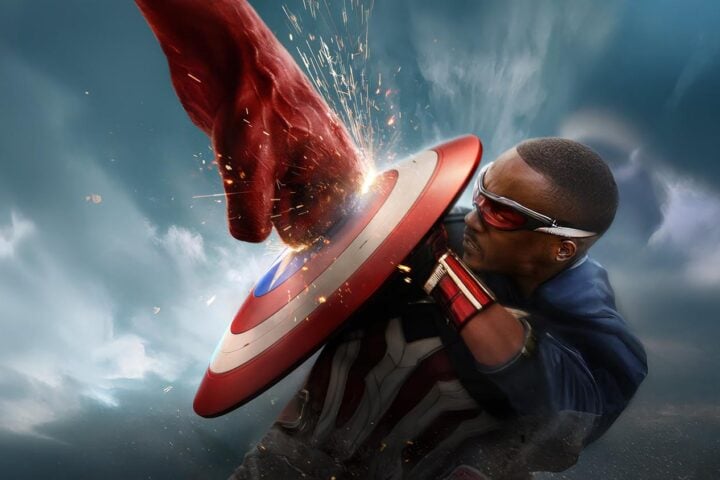
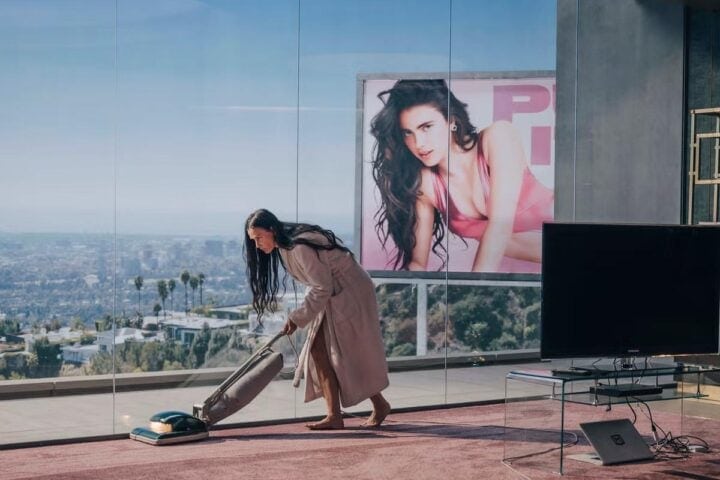
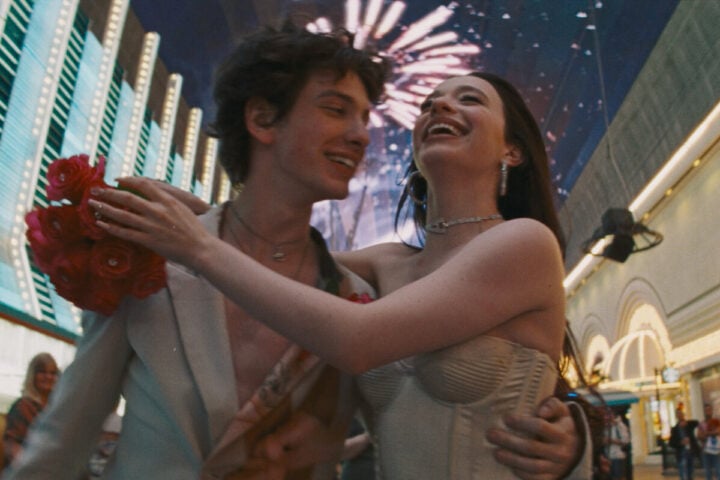
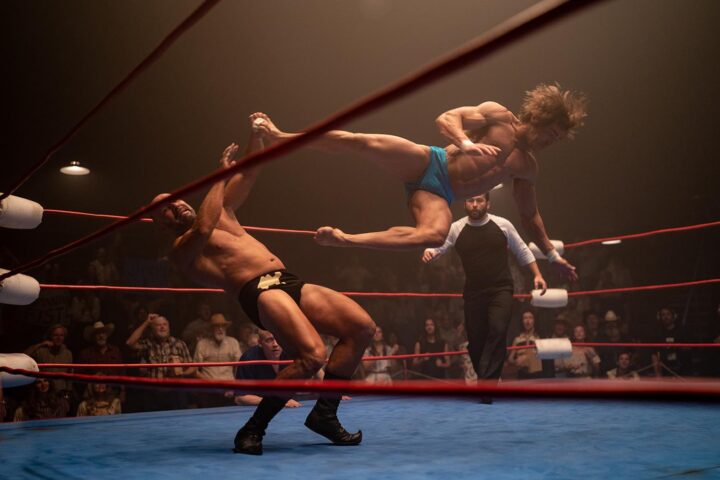
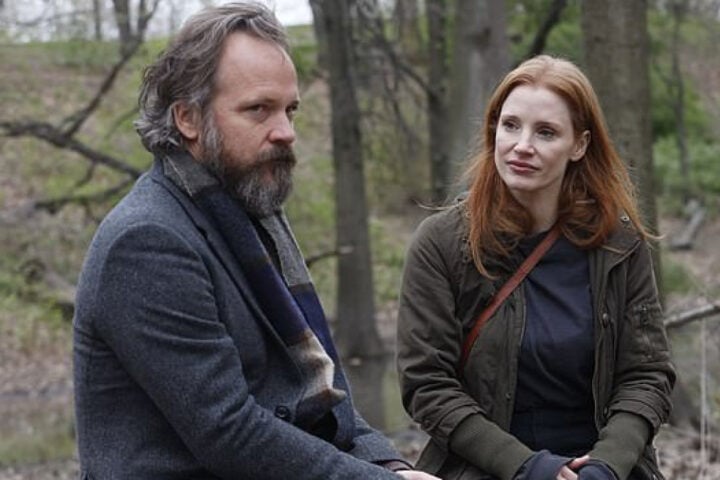
nahhhh wheres evik dead 👎👎👎👎
Kudos to Chuck Bowen for getting in a fair review of Skinamarink while his colleagues were huffing glue.